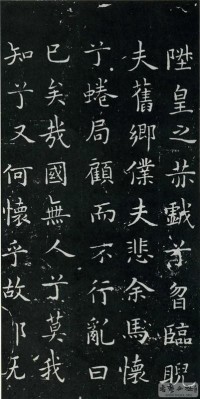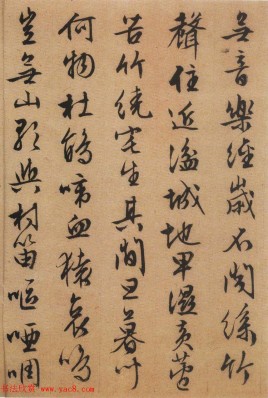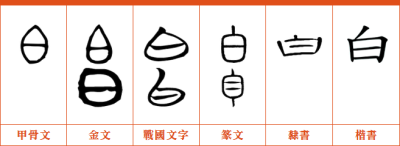Today we continue to show another proof that original meaning of “白” is thumb. From its Simplified Chinese character 乐, there is nothing we can tell. However from its Traditional version 樂, we can see clearly that top middle of 樂 is a 白. You might already start to wonder what is the meaning of “乐 | 樂” and how it is related to thumb (白)?
Let us disassemble樂 to see how it is composed. You might have found top part familiar as we just learnt it in our last lesson of “丝”, top middle part is 白 (thumb) and lower part is 木 (wood). Typical Chinese musical instruments are made of strings with silk and wooden frames, as show below: more can be found at https://en.wikipedia.org/wiki/List_of_Chinese_musical_instruments
familiar as we just learnt it in our last lesson of “丝”, top middle part is 白 (thumb) and lower part is 木 (wood). Typical Chinese musical instruments are made of strings with silk and wooden frames, as show below: more can be found at https://en.wikipedia.org/wiki/List_of_Chinese_musical_instruments
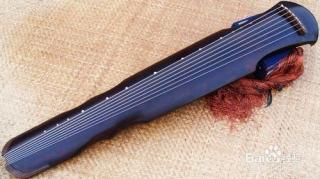 |
| Chinese Musical Instrument – 古筝 |
So  plus 木 refers to a musical instrument, What did Chinese ancestors want to mean by adding 白 (thumb) in middle of
plus 木 refers to a musical instrument, What did Chinese ancestors want to mean by adding 白 (thumb) in middle of  ? Looking at below image you will get a better idea.
? Looking at below image you will get a better idea.
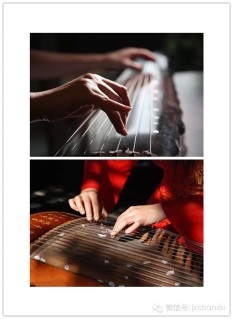 |
| Playing Musical Instrument |
Musicians normally use their thumbs to test the accuracy of the pitches of strings then start the playing. A musical instrument itself would not make any sound. With fingers of a musician playing it, wonderful musics will be produced. That is why Chinese ancestors added 白 to middle of ( to create 乐 | 樂) to mean Music.
( to create 乐 | 樂) to mean Music.
As hearing wonderful musics is an delightful entertainment, 乐 | 樂 was extended to mean Happy, Glad, Amused, Delightful as adj, and Happily, Gladly as adv.
Let us examine evolution history of 乐 | 樂 to confirm our explanation above: (image get from http://www.vividict.com )
 |
| Learn one Chinese Character a day – 乐 | 樂 |
As you can see Oracle Script of “乐 | 樂” –  is composed of
is composed of  (silk strings) and
(silk strings) and  (wood), which is musical instrument. Starting from later stage of Bronze Script
(wood), which is musical instrument. Starting from later stage of Bronze Script  , 白 (thumb) was added to emphasise the playing of musical instrument for musics and entertainments.
, 白 (thumb) was added to emphasise the playing of musical instrument for musics and entertainments.
樂 is then another proof that 白 refers to thumb as its original meaning.
Now it is time to enjoy a Chinese calligraphy with “乐 | 樂” inside:
 |
| 有朋自远方来,不亦乐乎 |

 might not be very clear. Meaning of its Bronze Script
might not be very clear. Meaning of its Bronze Script  should be very obvious – A man standing on earth (which is
should be very obvious – A man standing on earth (which is  under feet).
under feet). or its current way of writing – 立 means Stand.
or its current way of writing – 立 means Stand.




















